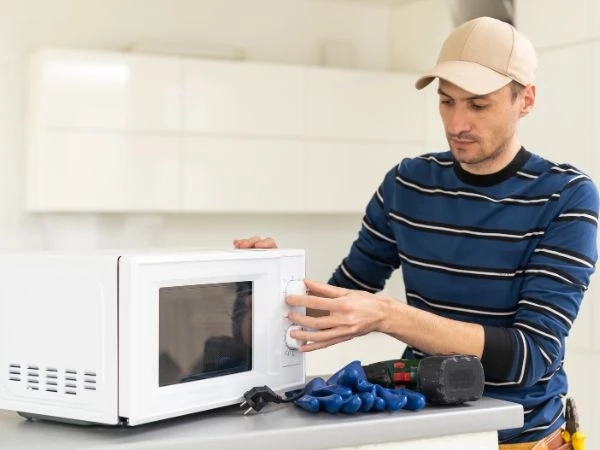Smart ovens have revolutionized the way we cook, offering precision, convenience, and versatility. From automatic cooking programs to Wi-Fi-enabled controls, these appliances are designed to make your life easier. But with advanced technology comes complexity—and one of the most common challenges for smart oven users is deciphering error codes. At Matrix Appliances, we explain what these codes mean, why they appear, and how to respond safely.
What Are Smart Oven Error Codes?
Error codes are digital messages displayed on your oven’s control panel indicating a problem or malfunction. They allow the oven to communicate issues without needing technical expertise right away. These codes can cover a wide range of problems, from simple cleaning reminders to serious electrical or mechanical faults.
Common error codes may include:
- E1 / E01 – Usually indicates a temperature sensor malfunction. Your oven may struggle to maintain consistent heat or fail to reach the desired temperature.
- E2 / E02 – Often points to door issues. The oven may not detect that the door is fully closed, preventing it from starting a cooking cycle.
- F1 / F01 – A faulty control board or circuit problem. This may cause unresponsive buttons or random shutdowns.
- H1 / H01 – Overheating detected. The oven automatically shuts off to protect components and prevent fire hazards.
- C1 / C01 – Connectivity or calibration issues, especially in Wi-Fi-enabled smart ovens.
Why These Error Codes Appear
Smart ovens are highly sensitive to temperature, electrical signals, and mechanical alignment. Common causes for error codes include:
- Power Surges or Outages – Fluctuations in electricity can temporarily disable control boards.
- Improper Cleaning or Moisture – Excess moisture or residue can trigger sensors.
- Wear and Tear – Components like temperature sensors, door latches, or control panels degrade over time.
- User Errors – Overloading the oven, leaving the door ajar, or using incompatible cookware can cause alerts.
How to Respond to Error Codes
While some error codes require professional attention, others can be resolved at home safely:
- Reset the Oven
- Turn off the oven, unplug it, and wait 5–10 minutes before restarting. Many minor glitches disappear with a simple reset.
- Check the Door
- Ensure the door is fully closed and the latch is functioning. Misalignment often triggers E2/E02 codes.
- Inspect for Moisture or Residue
- Clean the oven interior, particularly around sensors, with a soft cloth and mild cleaner. Avoid abrasive materials.
- Consult the User Manual
- Each brand may have unique error codes. Your oven’s manual often contains specific troubleshooting steps.
- Call a Professional
- Persistent error codes like F1/F01 or repeated H1/H01 warnings indicate component failure. Contact Matrix Appliances for safe, certified repairs. Attempting DIY repairs on sensitive electronics can lead to irreversible damage or void warranties.
Preventive Tips for Smart Oven Users
- Regular Cleaning: Wipe down sensors, control panels, and door seals to prevent false alerts.
- Avoid Power Surges: Use a surge protector to safeguard electronics.
- Follow Cooking Guidelines: Avoid exceeding recommended cooking times or using oversized cookware.
- Annual Professional Check-Up: A certified technician can inspect sensors, heating elements, and boards, catching small issues before they escalate.
Conclusion
Smart ovens are designed to simplify cooking, but error codes are your appliance’s way of communicating that something needs attention. By understanding the common codes and taking proactive steps—like cleaning, resetting, and consulting professionals—you can ensure your oven runs safely and efficiently for years.
At Matrix Appliances, our team specializes in diagnosing, repairing, and maintaining smart ovens so you can cook with confidence and peace of mind. Don’t ignore error codes—address them promptly to protect your investment and your kitchen.



